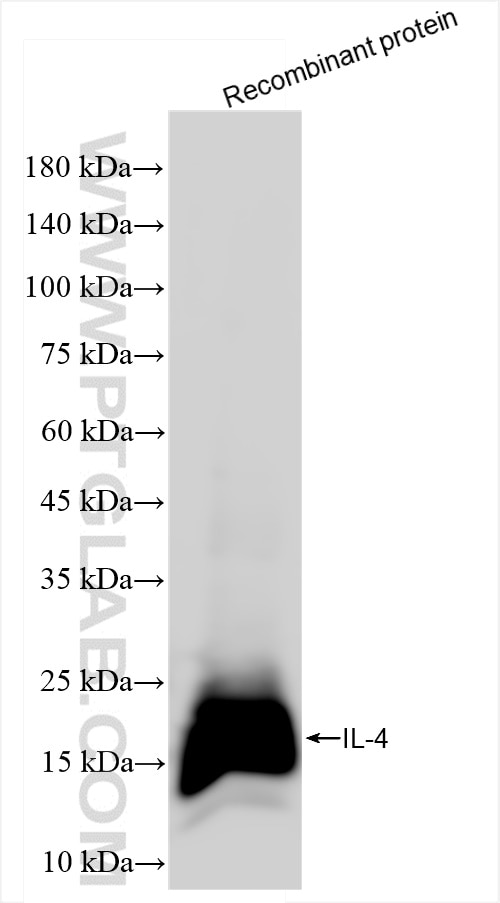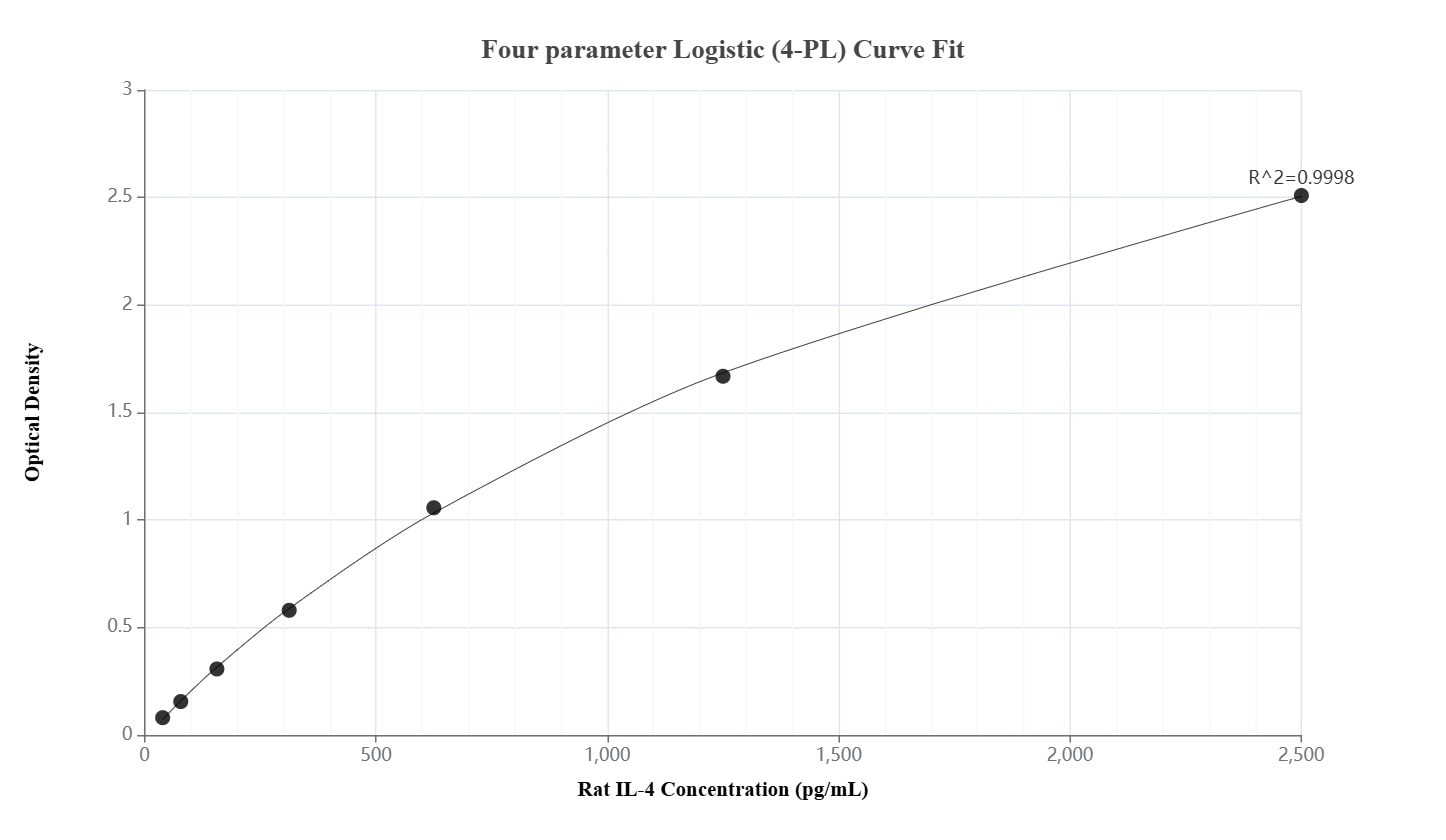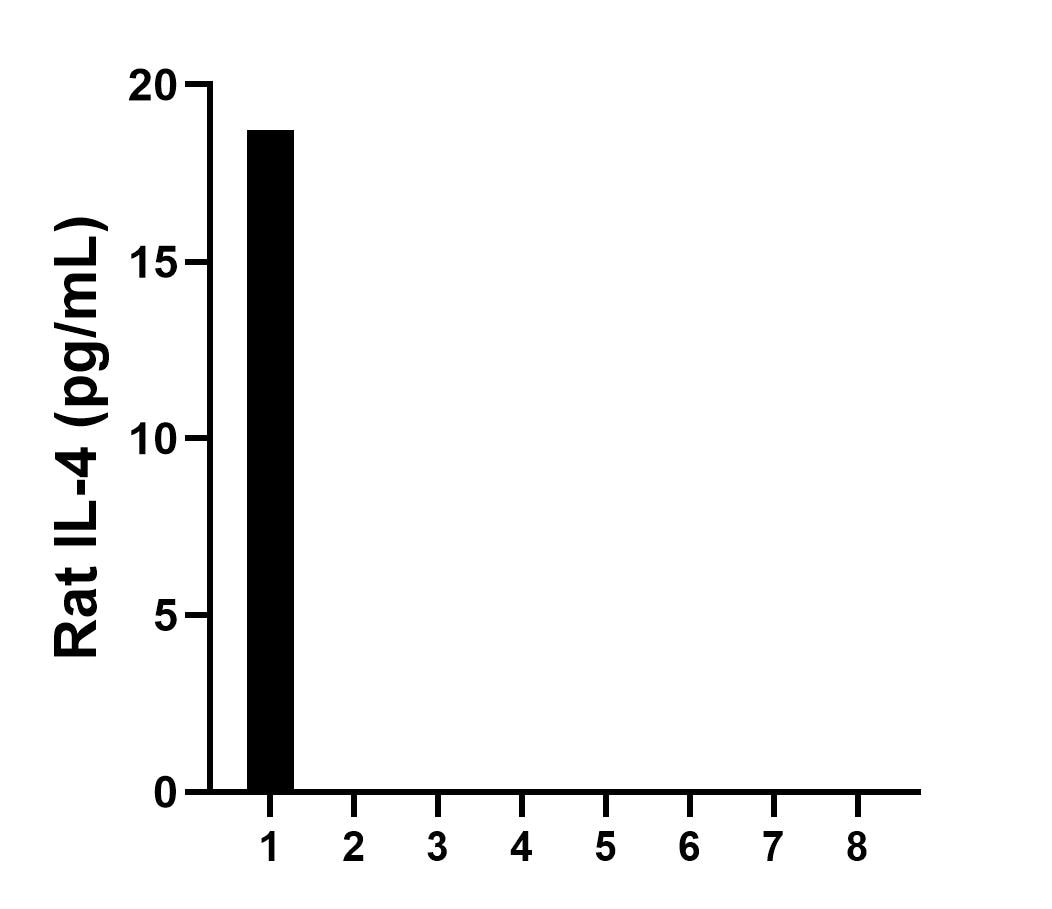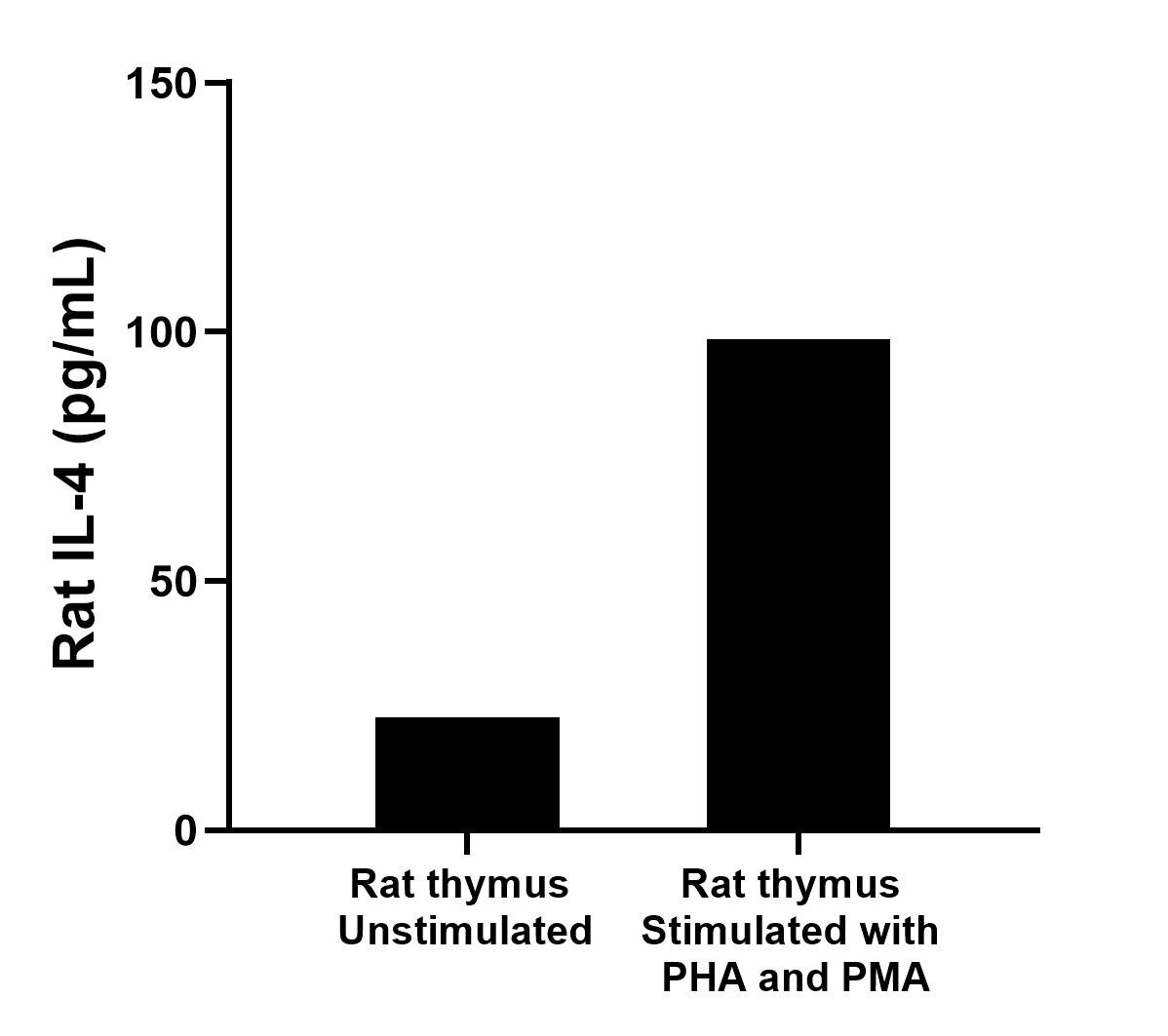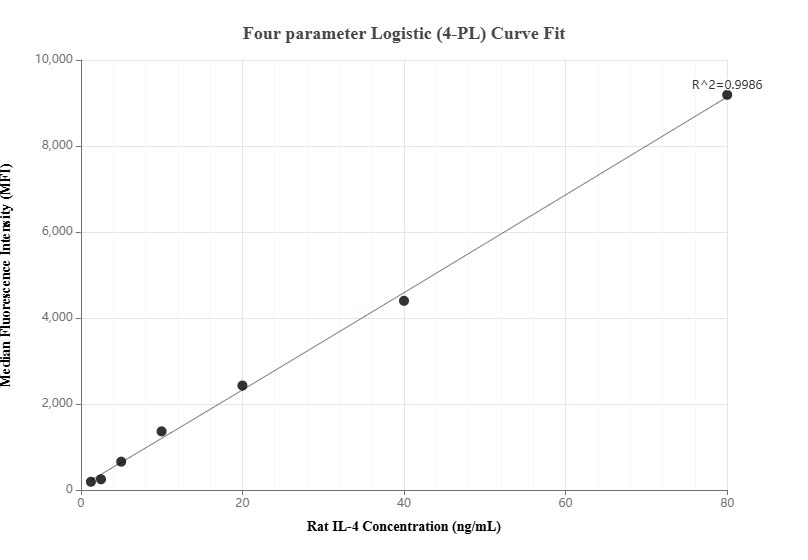Product Information
84422-5-PBS targets IL-4 as part of a matched antibody pair:
MP01293-3: 84422-5-PBS capture and 84422-2-PBS detection (validated in Cytometric bead array)
MP01293-4: 84422-3-PBS capture and 84422-5-PBS detection (validated in Sandwich ELISA)
Unconjugated rabbit recombinant monoclonal antibody in PBS only (BSA and azide free) storage buffer at a concentration of 1 mg/mL, ready for conjugation. Created using Proteintech’s proprietary in-house recombinant technology. Recombinant production enables unrivalled batch-to-batch consistency, easy scale-up, and future security of supply.
This conjugation ready format makes antibodies ideal for use in many applications including: ELISAs, multiplex assays requiring matched pairs, mass cytometry, and multiplex imaging applications.Antibody use should be optimized by the end user for each application and assay.
| Tested Reactivity | rat |
| Host / Isotype | Rabbit / IgG |
| Class | Recombinant |
| Type | Antibody |
| Immunogen | Recombinant protein Predict reactive species |
| Full Name | interleukin 4 |
| Calculated Molecular Weight | 16kDa |
| GenBank Accession Number | NM_201270.1 |
| Gene Symbol | IL-4 |
| Gene ID (NCBI) | 287287 |
| Conjugate | Unconjugated |
| Form | Liquid |
| Purification Method | Protein A purification |
| UNIPROT ID | P20096 |
| Storage Buffer | PBS only , pH 7.3 |
| Storage Conditions | Store at -80°C. |
Background Information
Interleukin-4 (IL-4) is a pleiotropic cytokine that plays a crucial role in regulating immune responses and mediating type-2 immune reactions. It is primarily produced by T-helper 2 (Th2) cells, mast cells, eosinophils, basophils, and other immune cells. IL-4 exerts its effects by binding to type I and type II receptors, initiating a signaling cascade that involves the phosphorylation of STAT6 and the transcription of IL-4-responsive genes. This pathway is essential for the regulation of immune cell functions and the maintenance of immune homeostasis.
